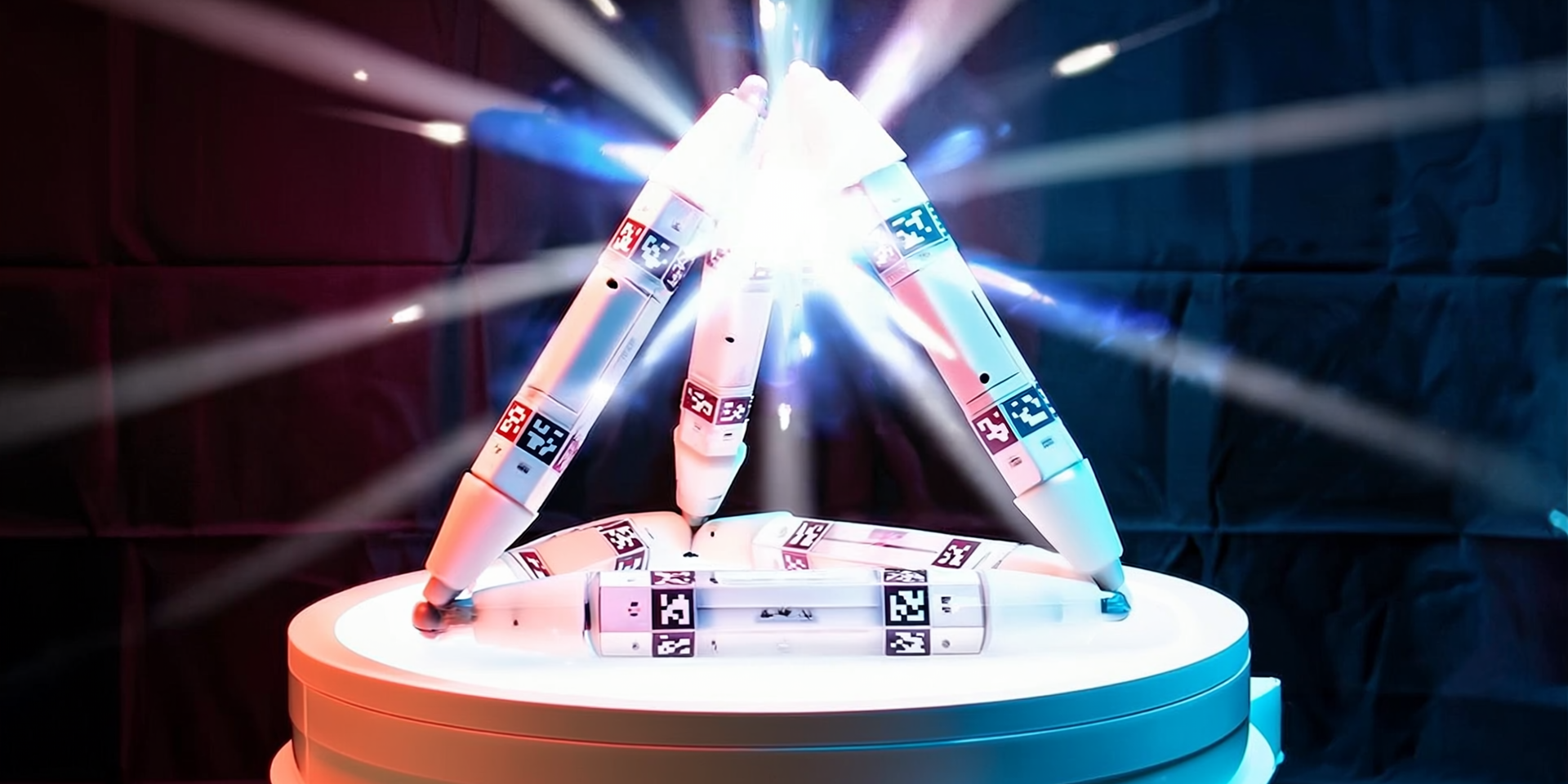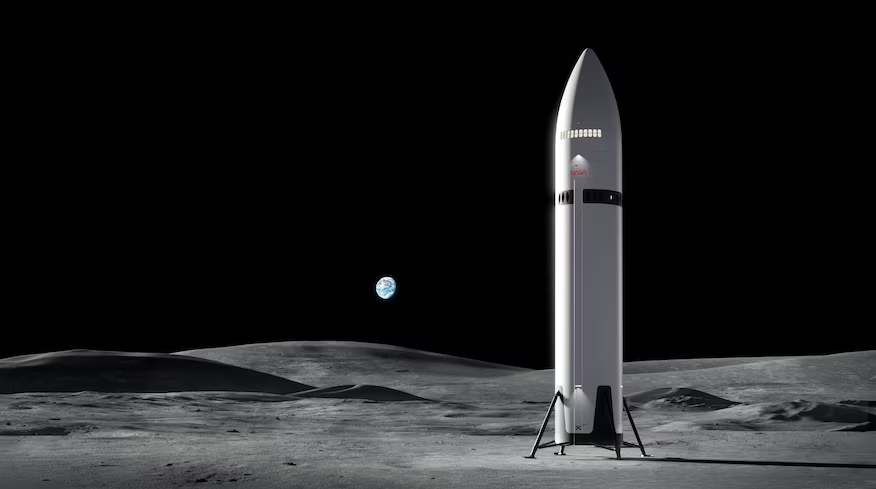The evolution of robotics has reached a significant turning point with the development of robotic systems endowed with mechanical metabolic capabilities. Researchers at Columbia University have overcome one of the fundamental limitations of contemporary robotics by transforming robots into dynamic entities capable of growth, self-repair, and environmental adaptation.
Robotic metabolism
The concept of robotic metabolism is based on fundamental biological processes.
In living organisms, metabolism represents the set of biochemical processes through which matter is absorbed, transformed, and utilized to sustain growth, repair damaged tissues, and maintain systemic homeostasis. By applying this principle to robotics, researchers have conceptualized a system in which robots can integrate materials from the surrounding environment or from other robotic systems to enhance their operational and structural capabilities.
This approach marks a shift from traditional closed robotic systems to open systems characterized by dynamic interactions with the environment. The transition from static configurations to adaptive morphologies represents a qualitative leap in robotic autonomy, introducing levels of resilience and operational versatility previously unattainable.
The practical implementation of robotic metabolism has been made possible through the development of the Truss Link hardware platform, an innovative modular system characterized by high morphological versatility. The elementary module features a rod-like configuration capable of expanding up to 53% of its contracted length, equipped with spherical magnetic connectors at its ends.
The design of the “free-form” connectors represents a significant advancement over previous modular systems, which were characterized by rigid interlocks and predefined angles. This configuration allows for multi-directional connections, enabling the aggregation of multiple modules into complex reticular configurations. The design choice not to integrate communication or power channels within the connectors, while introducing complexity in energy management, maximizes the mechanical flexibility of the system.
Self-Assembly process and dynamic reconfiguration
Experimental results have demonstrated the ability of individual Truss Links to self-assemble into two-dimensional structures that subsequently transform into functional three-dimensional configurations. This process of artificial morphogenesis allows robots to adapt their physical structure in response to specific operational or environmental needs.
A paradigmatic example of this process is the integration of additional components into a tetrahedral robot, which incorporated a supplementary element usable as a locomotor support. This structural modification led to an increase in locomotion performance exceeding 66.5% under downward movement conditions, concretely demonstrating the operational advantages of robotic metabolism.
The introduction of robotic metabolism redefines the very concept of autonomy in intelligent machines. While advancements in machine learning have revolutionized the cognitive capabilities of robots, their bodies have remained substantially static and non-adaptive. Mechanical metabolism bridges this gap, providing a digital interface with the physical world that allows Artificial Intelligence to evolve not only cognitively but also morphologically.
Applications and future perspectives
The first implementations of robotic metabolism are anticipated in specialized application contexts characterized by high operational criticality.
Space exploration represents a particularly promising domain, where the capacity for self-repair and structural adaptation is essential given the impossibility of direct maintenance interventions. Similarly, emergency and rescue situations could significantly benefit from robots capable of adapting their morphology to changing environmental conditions.
Long-term perspectives foresee the expansion of this technology towards broader applications, from automated manufacturing to infrastructure management. The possibility for artificial intelligence to manipulate physical structures with the same ease with which it processes digital information could revolutionize entire sectors of the economy and technology.




